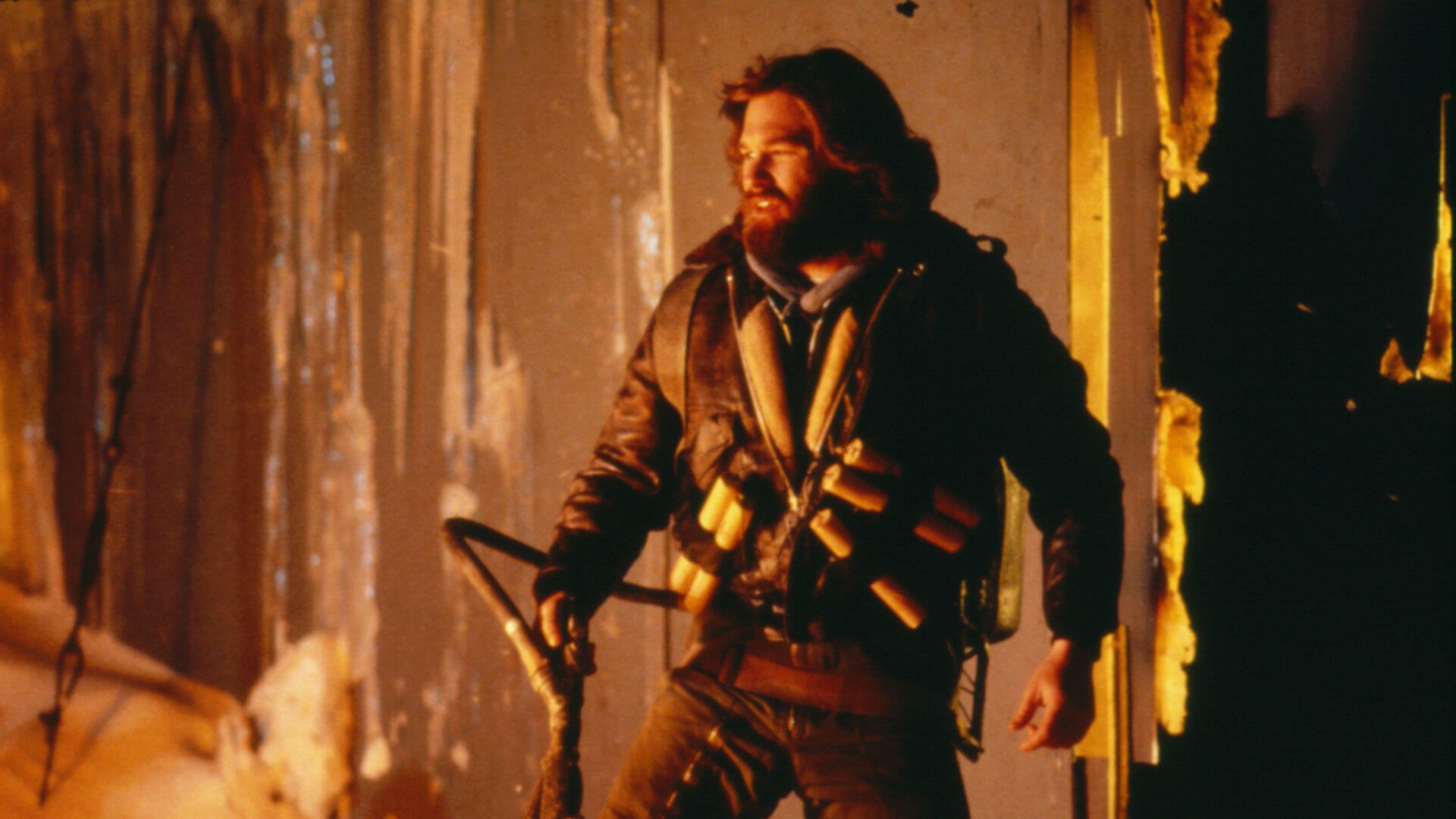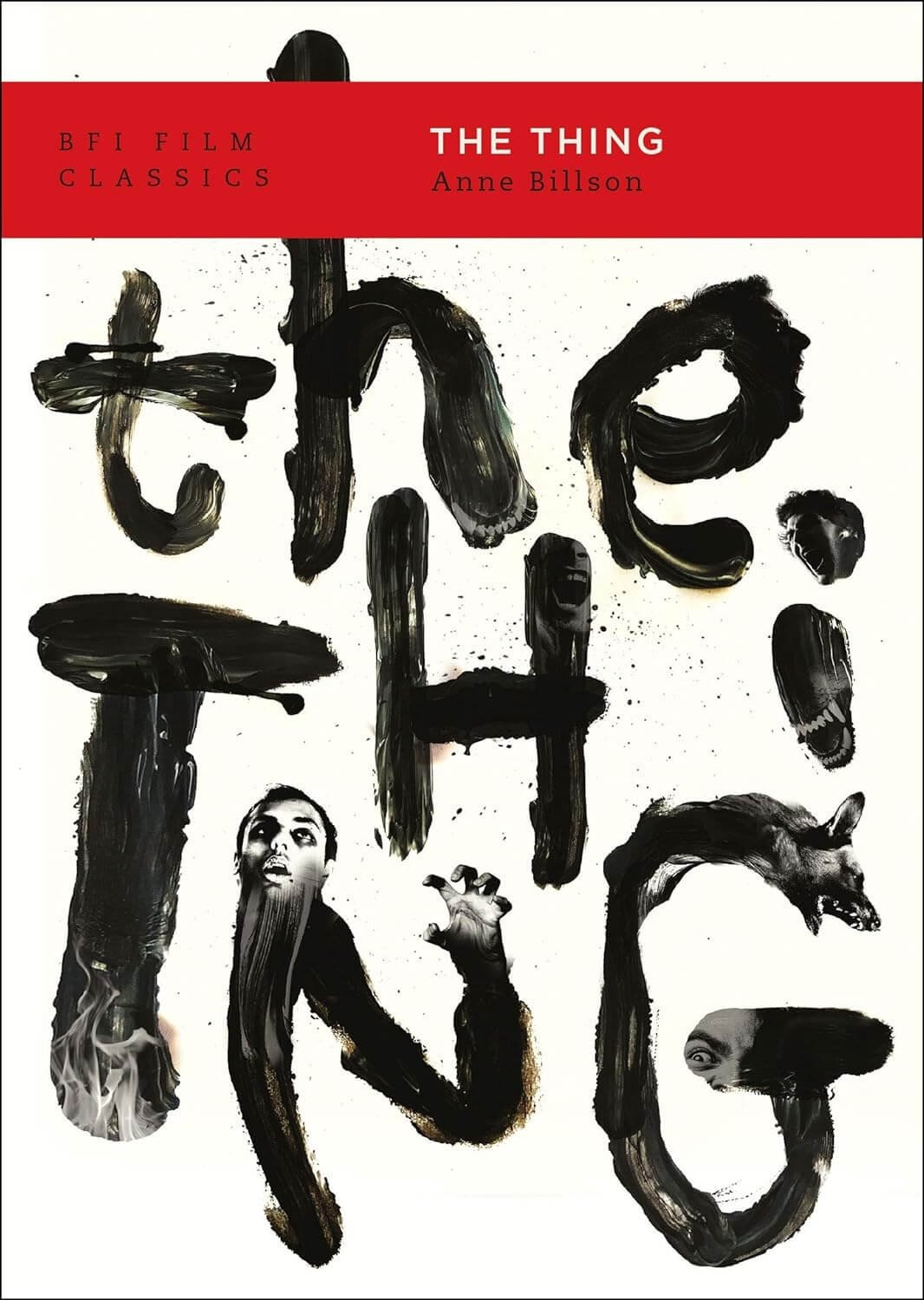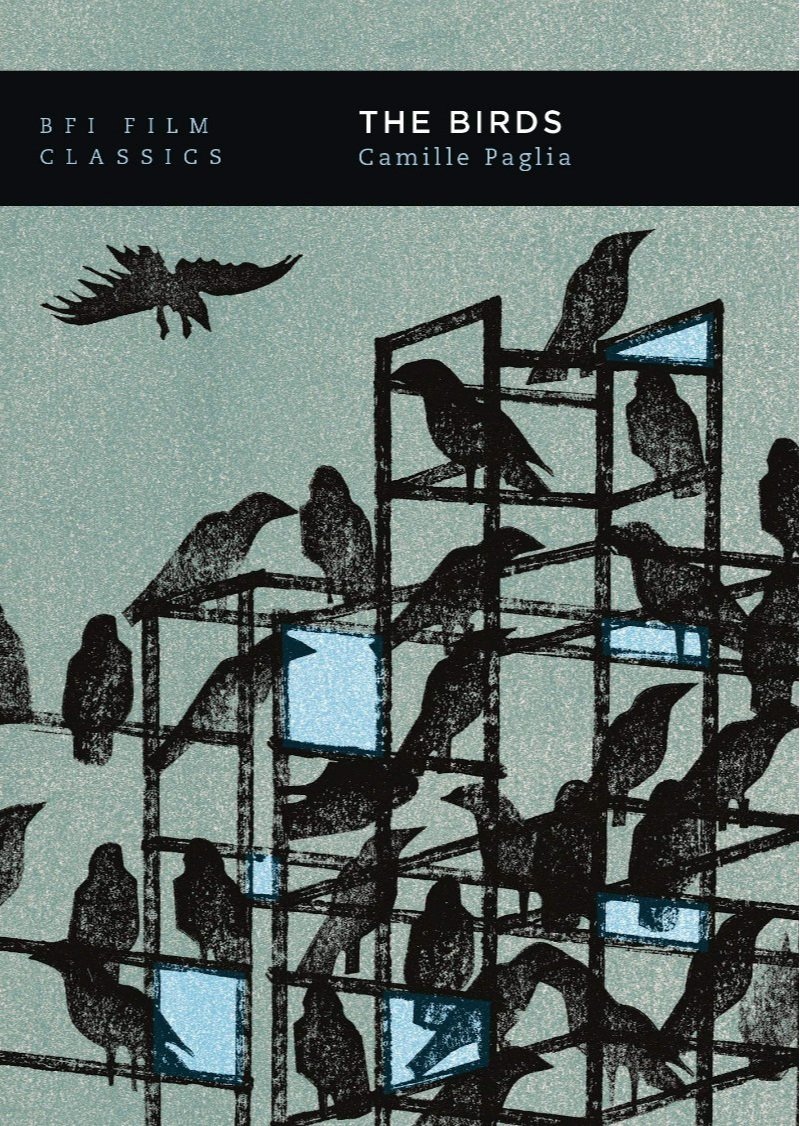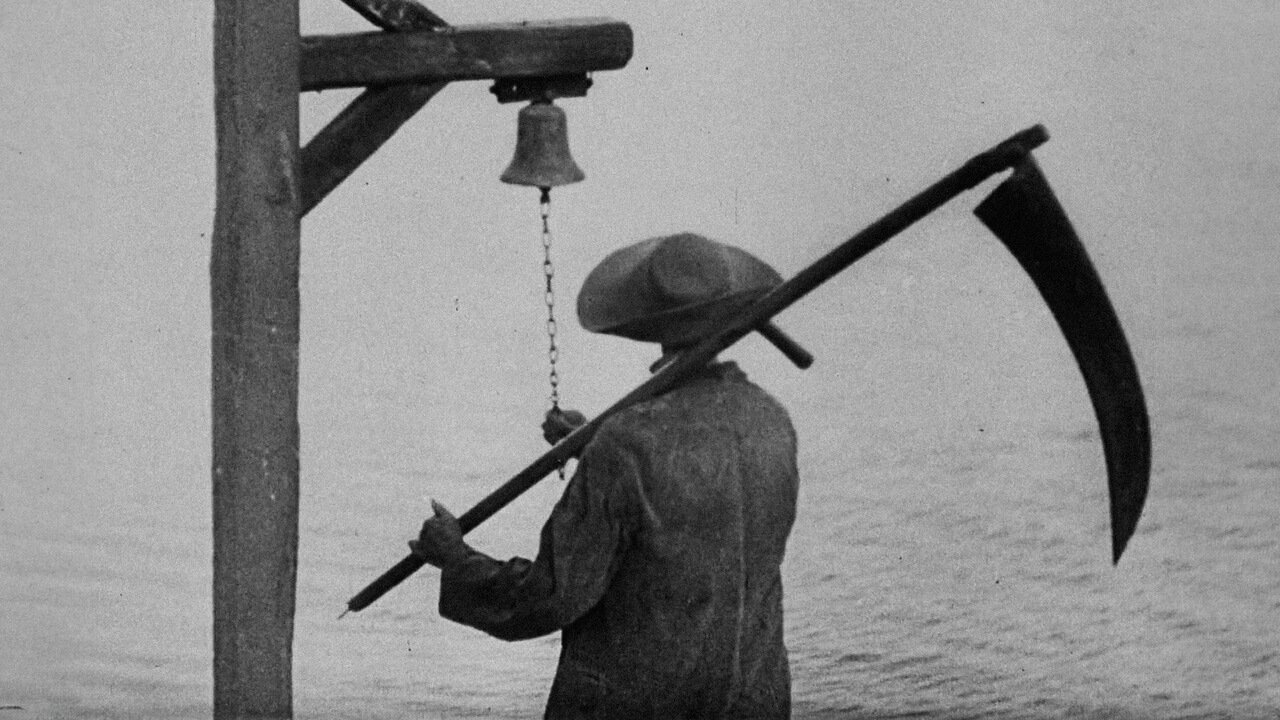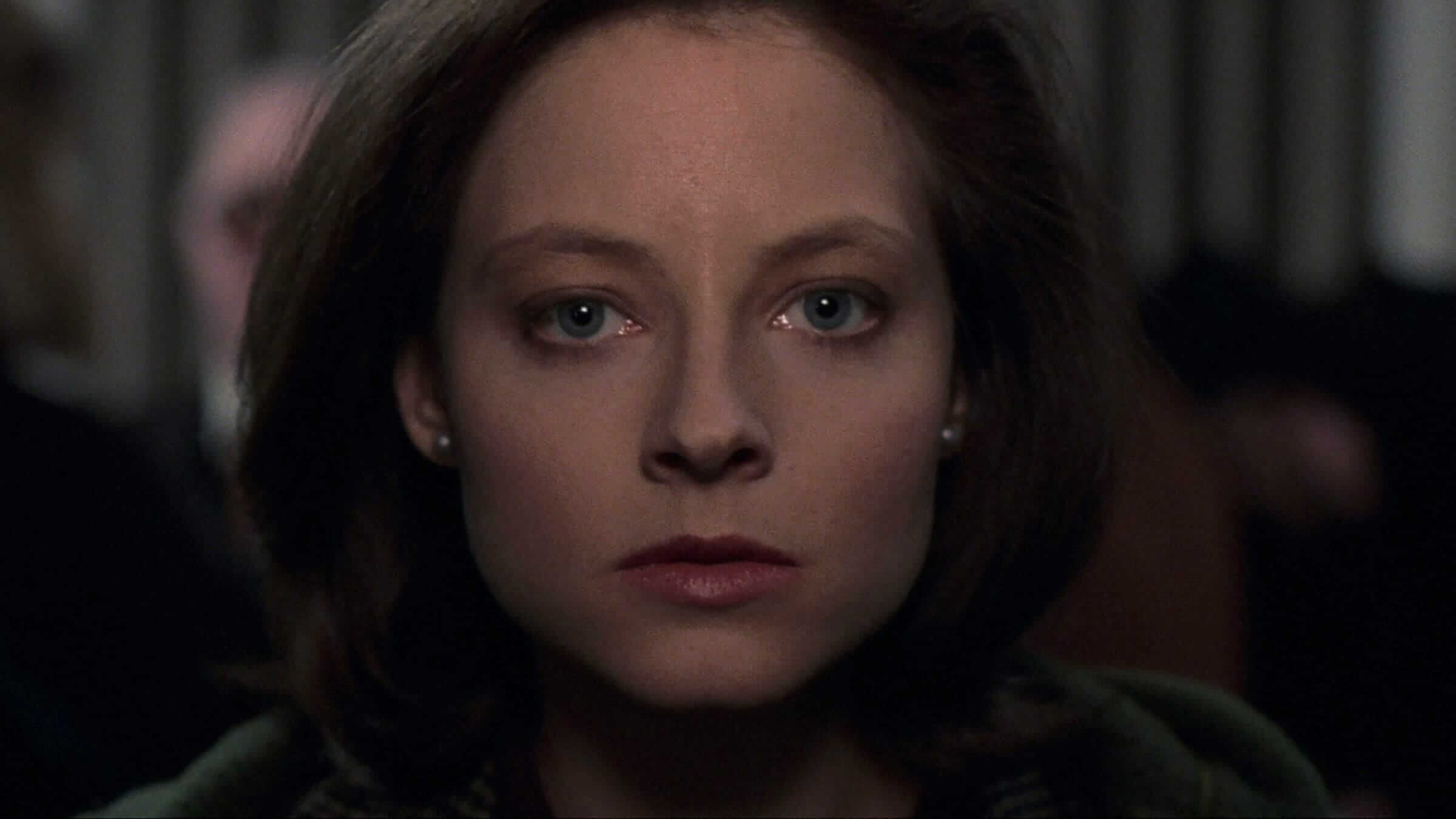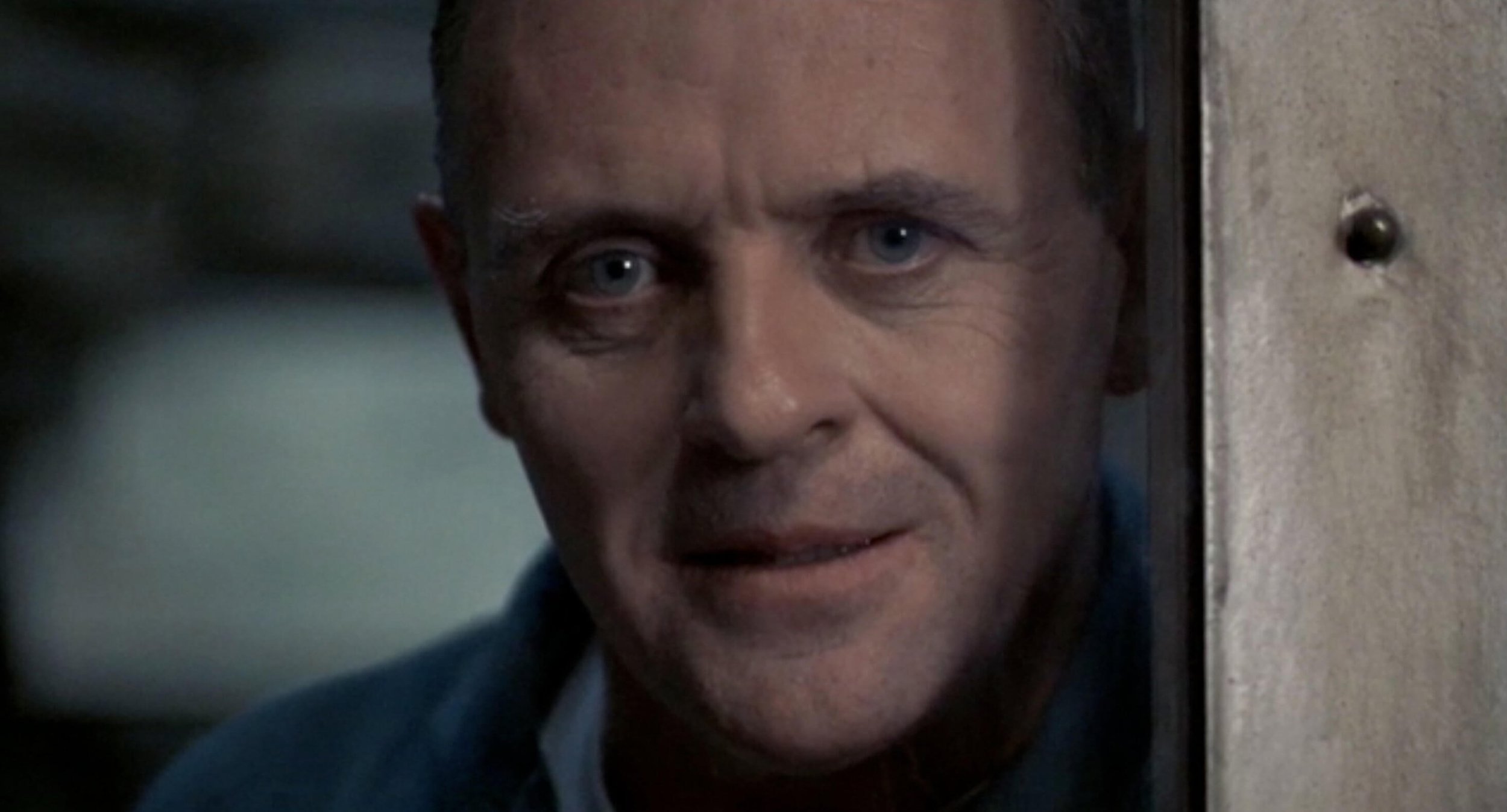Want to learn more about the greatest horror and horror-adjacent movies you love? Look no further than BFI Film Classics!
7th November 2023
Article by Paul Dunne.
As a person who loves film and the process of filmmaking, not to mention the cultural reaction and discussion around movies, BFI's Film Classics have been a godsend. They've helped shape the way I look at some of my favourite films, right down to which genre I place these films in. Written by authors who approach films with both a scholarly eye and the passion of movie nerds, BFI Film Classics are an informative and affordable way to learn more about film studies and the art form itself. Here, I've selected some of the best for the spooky season!
THE THING
Seeing John Carpenter's The Thing for the first time is a life-changing experience. The tension, paranoia, and mistrust bleed through the screen, aided by Ennio Morricone's Carpenter-esque score. And then you get to the visual effects sequences, where the film becomes outrageous and wonderous, exploding into lurid greens, poisonous yellows, and of course, the colour of blood.
Anne Billson makes 'a case for the defense' for what should be seen as a masterpiece of genre and arguably, its director's greatest work. She covers the film's original release, offers reasons for its initial dismissal, and finds the causes in the political culture and pop culture of the picture's 1982 debut. She takes in cinematic history, (the then) contemporary box office competition the film tackled, and few voices that challenged the critical view of the film. Her arguments are logical, and the movie's logic is questioned throughout. Each of The Thing's major sequences are broken down in detail, giving us part making of, part impassioned plea to watch, rewatch, and reappraise. In the eight chapters, Billson adds context for the film's execution and design, using the filmmaker's own words as the basis for her arguments. She also adds emotional context to the characters' decisions and paranoia, which as she points out, is at the heart of the film's action.
NEAR DARK
The first Vampire film on the list and arguably the one that feels the least like a traditional vampire film, even to the degree that the word is never used in the script or the finished movie. Kathryn Bigelow creates a blood-sucking western, shot through with noir framing and lighting, making it a kind of 'dust-noir' companion piece to the relentless tech-noir of James Cameron's Terminator. If you've never seen it, do yourself the biggest favour this spooky season and check it out.
Stacey Abbot looks at Near Dark in terms of its initial release and later rediscovery, whilst taking on ideas such as the female vampire picture, the use of light and magic hour in Bigelow's cinematography, sympathy for the vampire, and the ruthless, consuming nature of the band of night-walking brothers. In Bigelow's film, Abbot argues that the horror is in the action of Near Dark and that those two genres could be interchangeable in the right hands. Abbot also looks at the other vampires of the time, and the genre pictures that both influenced and drew blood from Bigelow's picture, now recognised as a modern masterpiece of its genre.
Buy it here.
THE TERMINATOR
If you're scratching your head at The Terminator's inclusion on this list, then let me assure you: Underneath its living human tissue of accelerated, masterful action is an endo-skeleton of Gothic horror and (believe-it-or-not) slasher flick. Sarah Conner is the ultimate final girl, not just the last woman standing, but the last woman alive who can save the world. The doomed love that Sarah and Reese enter into gives the film extra resonance, with a supporting character so in love, he takes a suicide mission across time to meet the object of his obsession - and make no mistake, Reese is obsessed as The Terminator is.
Sean French writes with the same brevity as the film itself, keeping series 101 cyborg's cool sense of detachment, staying mission-orientated, and detailing The Terminator's cinematic prototypes. Westworld, Un Chien Andalou, The Road Warrior, and Das Boot are all tagged as filmic touchstones creating a motion tapestry in young James Cameron's mind. French in turn creates a richer understanding of just what drives genre cinema, even something as down and dirty as this. He covers the things that make this picture unique, whilst covering the exploitational world the movie resides comfortably in.
JAWS
Of all the films on this list, Jaws is the most well-known, the biggest, the most... Movie of them all. But how could it not be? It's directed by Steven Spielberg, the man whose name is synonymous with the commercial art form. It's also the most 'straight up' of all the films. Although metaphors are present, it's equally content being a film about three men going off to hunt a killer shark.
Antonia Quirke creates a fascinating way to look at Jaws, a film we've all looked at a thousand times. Her guide through each sequence concentrates not just on the immediate action happening on screen, but also on the emotional and inner life of the characters. Quirke discusses the film as both high art and simple genre piece and argues that both can be true at the same time. She takes long looks at Amity as a society, at Brody as a masculine figure (or not), and the pleasures of the film, which consistently proves to be one of the world's all-time favourites and a high point in the career of its megastar director. She shows an in-depth knowledge of Spielberg's camera work, his framing, and directorial tics and enjoys them as much as we do. There's an excitement to the way Quirke relates the film's scenes and sequences. Her book is an emotional reaction to the movie and is all the better for it!
THE BIRDS
Hitchcock's films are always loaded with subtext, but it's this one that has more than most. Although never quite as highly regarded in the same way as Psycho or Vertigo, The Birds has a complex set of veins running through its body. Like Psycho, this too is non-traditional horror but has a man against nature – or rather woman against nature theme – instead of relying on a lone slasher. In some ways, this increases the danger, since a murderer can be stopped, captured, or even reasoned with. How do you negotiate with nature?
Camille Pagilia remains one of the most intellectual and challenging voices in academia and popular culture. Here, she discusses Hitchcockian motifs and tropes, sexuality and power, both in the film and beyond, Hitchcock's relationship with Tippi Hedren, which opens up questions of power games and abuse, as well as more common areas, such as the film's look and technical achievements. In doing so, she elevates The Birds up to the position it often gets denied: As a mid-career highlight of one of the world's greatest directors and a piece worthy of critical and intellectual examination.
THE EXORCIST
Although Jaws is probably the best-known film of the seventies and this list (in fact, the best known regardless of the decade), it's arguably The Exorcist that made the bigger impact on the long-term pop culture, given today's 'elevated horror' boom. Even on a basic commercial level, there are a lot more movies about demonic possession than there are killer sharks. If you've never seen it, the first time is truly amazing. Its creeping dread is arguably unmatched in cinema and the sustained duel with the devil is as powerful as anything in the last few decades.
Mark Kermode is a movie lover and that shines through in this energetic and meticulously researched tome, which is now in a revised 2nd Edition, taking into account The Exorcist: The Version You've Never See, Friedkin's recut of the original movie. Kermode places The Exorcist in first the context of Nixonian politics, then as part of Friedkin's iconoclastic career and talents. The book is learned, well-informed, and full of Kermode's knowledgeable passion.
NIGHT OF THE LIVING DEAD
George Romero is the godfather of the now well-served Zombie sub-genre of horror movies – the one that is my least favourite along with the woman-in-the-box movies that seem to proliferate – and by his own admission, his success is entirely unexpected. Night Of The Living Dead is a movie that straddles both modernity and older fears, with its shuffling, destructive antagonists, a metaphor for what we now might call 'groupthink' and grainy black and white photography. Whilst it isn't as gory as the later entries in the '...Of The Dead’ series, it's got a great, doom-tolling feel to it.
Ben Hervey's excellent book discusses NOTLD's original release and creation, paying attention to the strange release of the film, the repercussions of which are still being felt today. Ever wondered just why there have been so many releases of the film? Well, Hervey explains the mysteries of just who may own the rights to the movies expertly. Elsewhere, he covers the themes of the film, many of which, it seems, have occurred after the fact and by accident. He also covers the film's influences, several of which are quite surprising, and its journey from drive-in classic to lauded MOMA art piece.
ROSEMARY'S BABY
Whilst it doesn't have the outright scares of The Exorcist, Rosemary's Baby remains one of the most unsettling films ever made. Chronicling the birth of the son of the devil through the eyes of his unwilling surrogate mother, Rosemary, played with wonderful teetering fragility by Mia Farrow, the film plays with notions of reality and unreal, with Rosemary often told that it's all just in her mind. We know how she feels...
Michael Newton's book goes in-depth with an analysis of the inner workings of the film's meanings. Despite the film's age and the fact that it doesn't have the cultural cachet of say, Jaws or The Exorcist, Newton argues that Rosemary's Baby has a very present place in our culture. He breaks the book into three sections, like a magic trick: The Pledge, The Turn, and The Prestige (a breakdown that has an extra resonance for film fans now that Christopher Nolan's film is the popular culture). He also makes ties to director Roman Polanski's controversial life, history, and often terrible experiences, which further the resonances of the film. Newton puts his finger on the things that make the film so unsettling and unnerving and how it makes us share Rosemary's growing paranoia.
VAMPYR
The oldest film on the list, Vampyr is an atmospheric classic from director Carl Theodore Dreyer. Although not quite held in the same regard as Dreyer's other works such as Ordet, or Day Of Wrath, this is every bit as indelible and its reputation has grown once more, thanks to other film-makers such as Guillermo Del Toro bringing it back to to the film-goer's consciousness.
David Rudkin paints a fascinating picture of the film, managing to both analyse and give in to the passions of, Dreyer's 'poem of horror'. Rudkin has an awe and love for Dreyer and his work, which seeps through the pages and into the mind of the reader, just as the film itself is something to be soaked up, through the skin. For film nerds, he discusses the different versions and quality of prints available, as well as in this second edition, the 2008 restoration. Rudkin enters the dream-like atmosphere of Vampyr, lighting the way through the fog of its mist-shrouded existence.
THE SILENCE OF THE LAMBS
Whilst often placed in the serial killer thriller sub-genre, Silence of the Lambs is actually a Gothic horror piece, Beauty and The Beast where the beauty has no interest in the beast re-entering society. A film that made an incredible cultural impact upon its release, Silence has lost none of its power, partly achieved by its commerciality and star power of its actors, as well as its stylish, enticing direction by Johnathan Demme. Unlike many horror films, Silence remains endlessly rewatchable, the mark of any truly great movie.
Yvonne Tasker takes on Silence's dichotomies, a film that gives us an anti-hero like no other in Hannibal Lecter, whom we root for as much as we do the film's nominal hero, Clarice Starling. Tasker looks at the motifs of the film, both obvious and hidden, as well as taking a deep dive into the gender roles at work in the film, looking at it through the lens of 'the woman's picture' and identity. She analyses both the cinematic and non-cinematic influences on the film as well as its legacy as the movie continues to be a springboard for the modern police procedural. A fascinating guide to one of the best modern horrors.
The BFI releases new Film Classics Guides every year. Keep up with all their new books on the BFI website.


